Brian Hills9780471170877, 0471170879
Food scientists have many excellent tools at their disposal with which to study food at both the micro- and macrostructural levels. But, when it comes to analyzing dynamic structural changes in food during processing and storage, none can compare with magnetic resonance imaging (MRI). Still a very young approach, MRI food imaging has contributed greatly to recent advances in food science, and promises to yield much more valuable information in the years ahead. Written by a leading pioneer in the field, Magnetic Resonance Imaging in Food Science covers the latest in MRI food imaging theory and practice.
Written primarily for food scientists and engineers, the book offers a practical, unified approach to the subject. Material is organized in three main parts corresponding to the distances of scale probed by MRI studies-namely, the macroscopic, microscopic, and macromolecular. Throughout, the emphasis is on ways in which studies of food undergoing processes can be modeled using the equations of heat, mass, and momentum transport, and how those models can be used in process design optimization programs.
Magnetic Resonance Imaging in Food Science provides researchers with the most up-to-date, detailed coverage of:
* Traditional and cutting-edge MRI food imaging techniques and technologies, including STRAFI, gradient-echo imaging, and functional imaging
* Whole plant functional imaging, flow imaging and rheology, and other specialized MRI applications
* The roles of food microstructure and molecular relaxation mechanisms in controlling moisture and heat transport
* Techniques for modeling structural changes during food processing.
Magnetic Resonance Imaging in Food Science is an important working resource for all researchers engaged in the never-ending struggle to produce safer, higher-quality foods more efficiently.
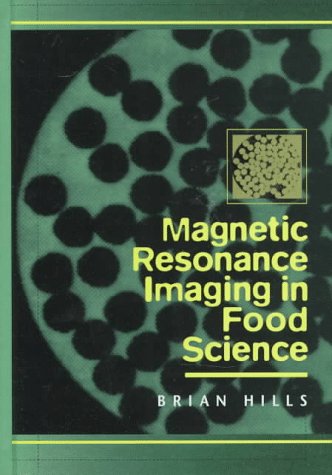
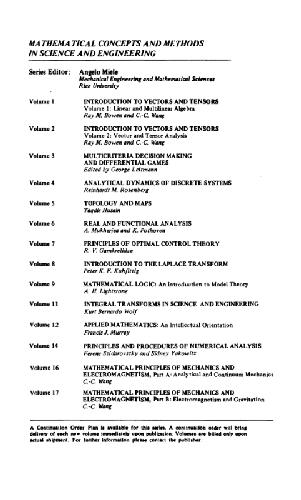
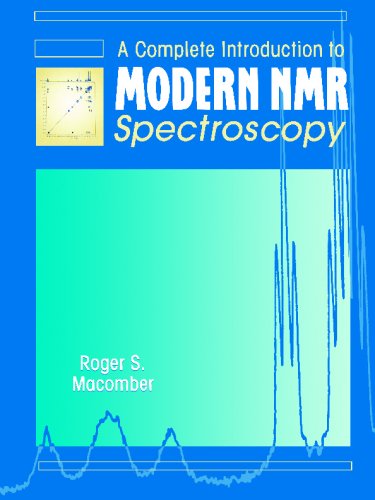

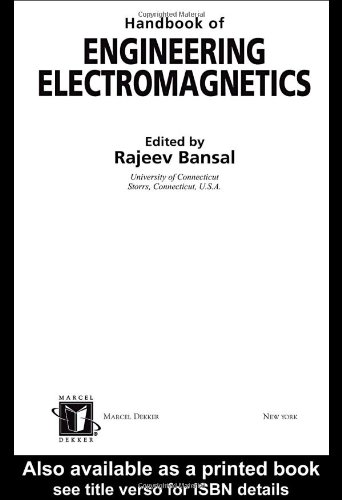
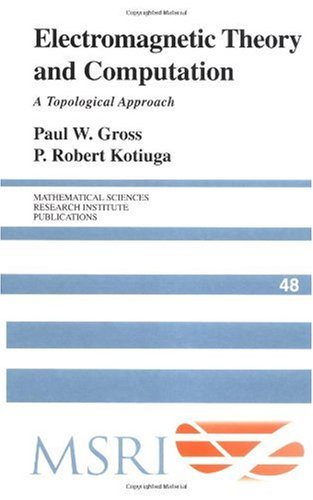

Reviews
There are no reviews yet.